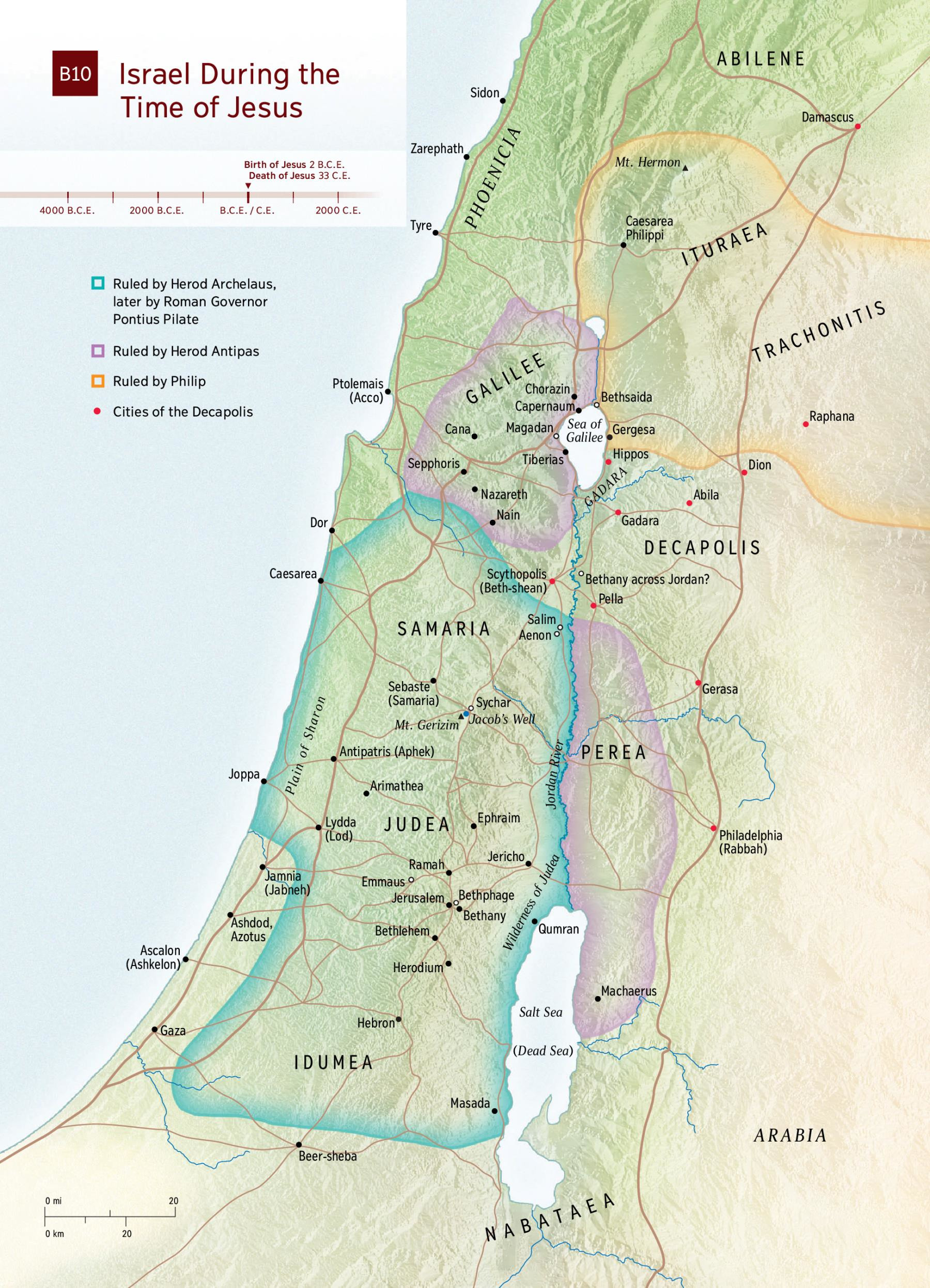(1) Atheist Morton Smith is a genuine scholar. In his unique book, "Jesus the Magician," he reconstructs the version of Jesus' life as told by His Jewish detractors. I have summarized his findings in the paragraph below. The main source is the Platonist Celsus, who interviewed Jewish leaders to get their version of Jesus' life. Some of what they share can be independently corroborated by earlier sources traceable to the first century. I have cited other sources in parentheses for certain negative Jewish traditions about Jesus.
Jesus is the illegitimate son of a Roman soldier named Panthera and a spinner woman (Rabbi Eliezer--70 AD). Her husband disowned her for her adultery and Jesus was born while she was on the run. He got a job in Egypt as a laborer and took the opportunity to become an adept in magic there. Jesus even had himself tattooed with magical spells (Celsus--170 AD--also responsible for the ensuing claims). Returning to Galilee Jesus hung out with sailors of the worst sort, and wandered from place to place, making his living shamefully as a beggar. He recruited 10 (not 12) disciples and taught them to indulge in secret orgies in defiance of the Law of Moses. He persuaded the masses that he was the Messiah by his miracles, which were either demonically powered or nothing more than magically induced hallucinations. His cures were not real and did not last (Quadratus--100-125 AD). Even his own family rejected his claims. He was tried and executed by Pilate for sedition and the practice of magic. His disciples stole his body and then claimed that they saw him after he rose from the dead. Some say the gardener at the tomb site removed the body to discourage sightseers from stepping on his lettuce (Tertullian--208 AD). But the false claim that he rose from the dead has gained him a huge following.
Both believers and Jesus' Jewish detractors agree
(1) that Joseph is not Jesus' true father,
If Joseph is not Jesus' father, then we need to choose between His illegitimate birth and His virgin birth.
(2) that to His Jewish audience, Jesus appeared to perform miracles:
Notice that His Jewish detractors don't claim that these miracle stories are later fabrications.
(3) that Jesus' crucified body was not buried by Roman soldiers in the customary manner:
So His missing corpse forced speculation on His body's fate.
(4) that, unlike our Gospels His detractors are interested in His physical appearance:
"Was the claim that he was tattooed related to Paul's claim, "I carry the marks of Jesus branded on my body (Galatians 6:17)?
Those marks are usually interpreted, rightly I think, as Paul's wounds inflicted for his Gospel witness.
Jesus is the illegitimate son of a Roman soldier named Panthera and a spinner woman (Rabbi Eliezer--70 AD). Her husband disowned her for her adultery and Jesus was born while she was on the run. He got a job in Egypt as a laborer and took the opportunity to become an adept in magic there. Jesus even had himself tattooed with magical spells (Celsus--170 AD--also responsible for the ensuing claims). Returning to Galilee Jesus hung out with sailors of the worst sort, and wandered from place to place, making his living shamefully as a beggar. He recruited 10 (not 12) disciples and taught them to indulge in secret orgies in defiance of the Law of Moses. He persuaded the masses that he was the Messiah by his miracles, which were either demonically powered or nothing more than magically induced hallucinations. His cures were not real and did not last (Quadratus--100-125 AD). Even his own family rejected his claims. He was tried and executed by Pilate for sedition and the practice of magic. His disciples stole his body and then claimed that they saw him after he rose from the dead. Some say the gardener at the tomb site removed the body to discourage sightseers from stepping on his lettuce (Tertullian--208 AD). But the false claim that he rose from the dead has gained him a huge following.
Both believers and Jesus' Jewish detractors agree
(1) that Joseph is not Jesus' true father,
If Joseph is not Jesus' father, then we need to choose between His illegitimate birth and His virgin birth.
(2) that to His Jewish audience, Jesus appeared to perform miracles:
Notice that His Jewish detractors don't claim that these miracle stories are later fabrications.
(3) that Jesus' crucified body was not buried by Roman soldiers in the customary manner:
So His missing corpse forced speculation on His body's fate.
(4) that, unlike our Gospels His detractors are interested in His physical appearance:
"Was the claim that he was tattooed related to Paul's claim, "I carry the marks of Jesus branded on my body (Galatians 6:17)?
Those marks are usually interpreted, rightly I think, as Paul's wounds inflicted for his Gospel witness.
-
1
- Show all

